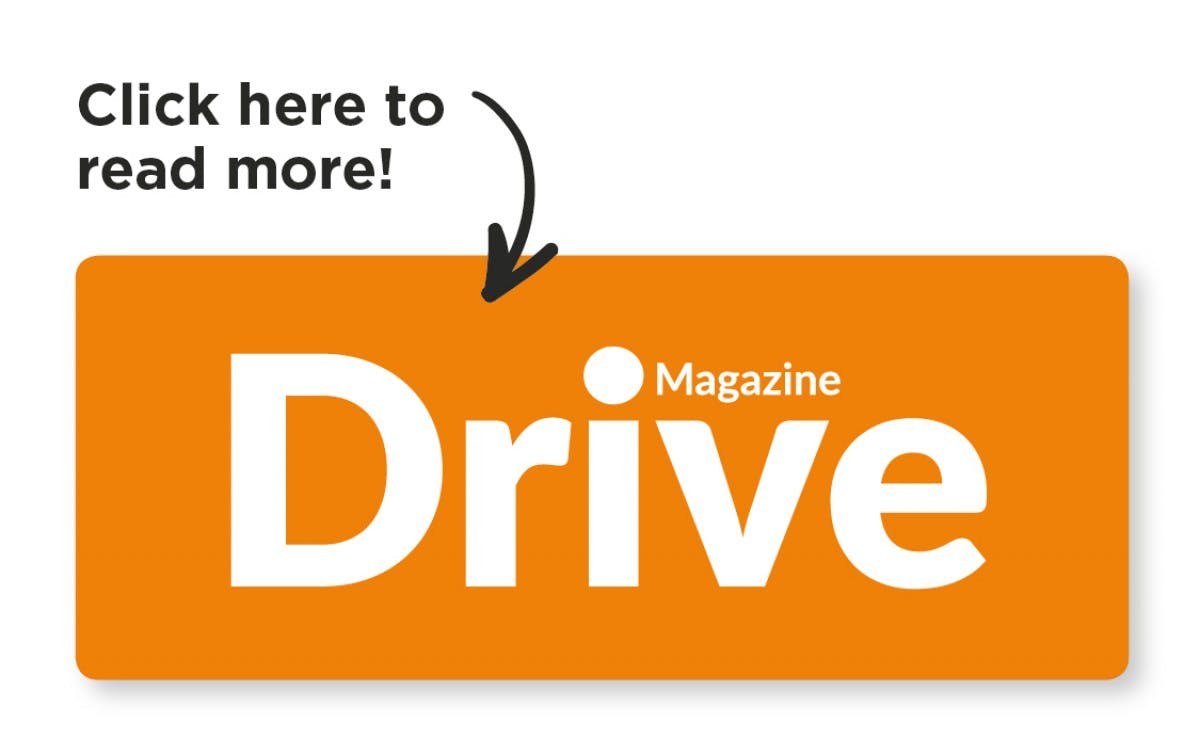Considering the headwinds blown by political, economic and consumer uncertainty, the new and used car markets were tossed around in 2019, but remained remarkably resilient.
Cox Automotive forecasts 2019 will have ended on or around 2.29 million new car registrations, 7.79 million used car sales and over 10 million transactions. Both figures represent year-on-year declines – 2.9% and 1.6% respectively – but when you factor in the collapse of the new diesel market, supply issues around September’s introduction of the Real Driving Emissions standards, demand for electric vehicles outstripping supply and the impact of Brexit, it could have been much worse.
Against this backdrop dealer profitability for the year has been under intense pressure, but what’s new about that?
BDO’s annual Motor 150 Report, which aggregates the performance of the UK’s largest 150 groups by turnover, shows return on sales of just 0.82%, almost half of what it had been as recently as 2016, and the first time the figure had dipped below 1% since the dark days of 2008.
With new and used sales down for the year, aftersales held up with a gross profit margin of 10.9% in line with last year, but costs increased with an 8% rise in operating expenses.
“Despite the challenging times there is still profit to be made and it is those groups who have the best controls and processes and who constantly deliver a first class experience to their customers that are achieving the highest level of profitability,” said Steve Le Bas, BDO’s head of Motor Retail.
The latest data from ASE, the dealer profitability specialist, supports this picture with average return on sales for franchised dealers in the rolling year to October tracking at 0.84%, down from 0.94% in the same period last year.
The analysis showed how used car stock remained at historically high levels during October, with days in stock rising from 57 to 59.5 days, although dealers achieved a slight improvement in the all-important used-to-new ratio selling 1.49 used cars for every new car sold, closing in on ASE’s 1.5% benchmark for the sector.
The recurring challenge for many dealers is keeping a lid on costs; easier said than done in this environment, but not impossible.
Mike Jones, chairman of ASE, is under no illusion that focusing on overheads is vital to improving profitability.
“Over the past year we have seen an increase in general overheads of 3%. As we move into 2020 I expect to see a real war on costs taking place. The new car market is not forecast to improve; therefore retailers will need to manage cost increases to compensate, whilst continuing the focus on used cars and aftersales,” he said.
This is where incremental improvements start to pay-off.
I was recently talking to a dealership owner who discovered his business was still paying a subscription for a group-wide telephony service which had been replaced two years previously. No-one had thought to cancel the monthly subscription resulting in thousands of pounds coming off the bottom line.
Good housekeeping, including regular reviews of processes, controls and supplier contracts, can pay dividends and help address the cost inflation which will remain an issue in what is certain to be an equally challenging 2020.
Improving ROI on marketing spend can also improve overall business performance and profitability. The idea is that you can drive customer acquisition and retention with low cost, but highly effective marketing. Having a good digital customer journey and effective social media is essential to this – have you read the article in Drive magazine on making CRM work for you?


